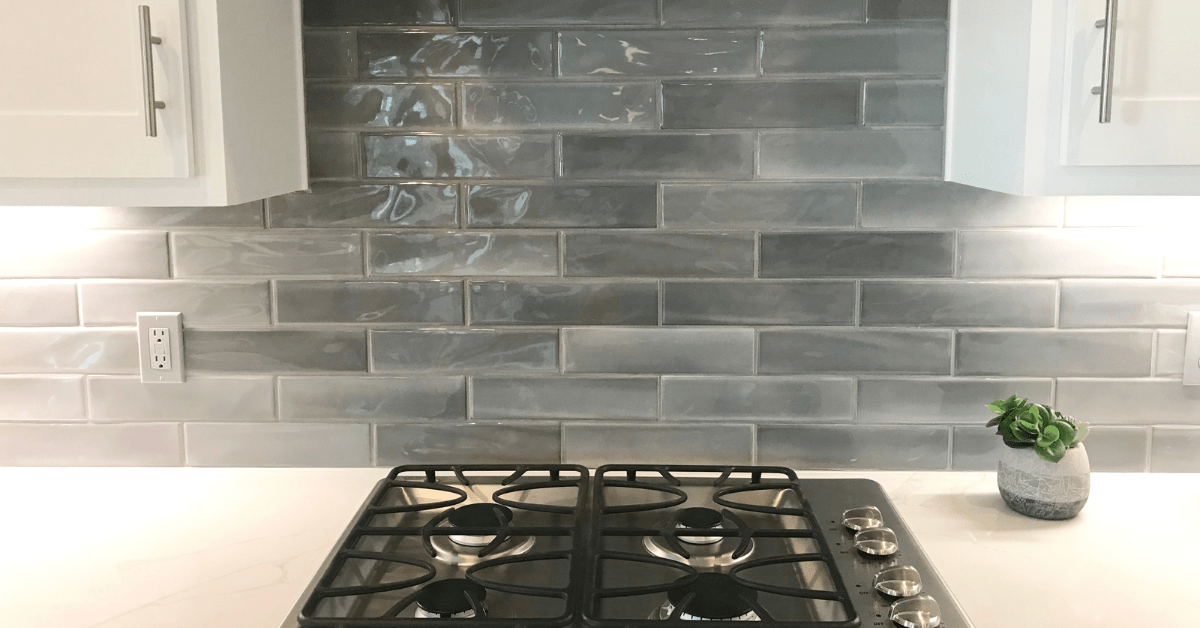'Parkitecture': 7 amazing rustic buildings in our national parks

Designing with nature U.S. National Parks are renowned for their Instagrammable beauty, abundant wildlife, and recreational opportunities. But they also boast a unique architectural style known as ?parkitecture.?
President Ulysses S. Grant decreed Yellowstone the nation?s first national park in 1872, and a series of parks (like Sequoia and Yosemite) joined its ranks by the late 1890s. Early national park architecture was a blend of the eclectic styles of the late-19th century?incorporating everything from the Queen Anne style to pioneer-rustic structures.
A more cohesive style took root with the founding of the National Park Service in 1916, as an increasing number of parks needed shelter for visitors and lodging facilities. Taking inspiration from Frank Lloyd Wright and the American Arts and Crafts Movement, national park architects idealized a ?back-to-nature? aesthetic that advocated the use of natural building materials. Gradually, a cohesive park architecture in the American West centered around a ?rustic? design. Parkitecture came to embrace six principles of what park buildings should look like: They should be in harmony with their environment; buildings should blend with each other; horizontal lines should dominate; rigid lines should be avoided; stone, log, and timber work should be in scale for a well-balanced design; and stone and log work should be oversized so that the natural forest and rocks don?t dwarf the buildings.
Of course, later architectural m...
| -------------------------------- |
| Caesarstone reflects on designer collaborations with Jaime Hayón, Raw Edges and more |
|
|












